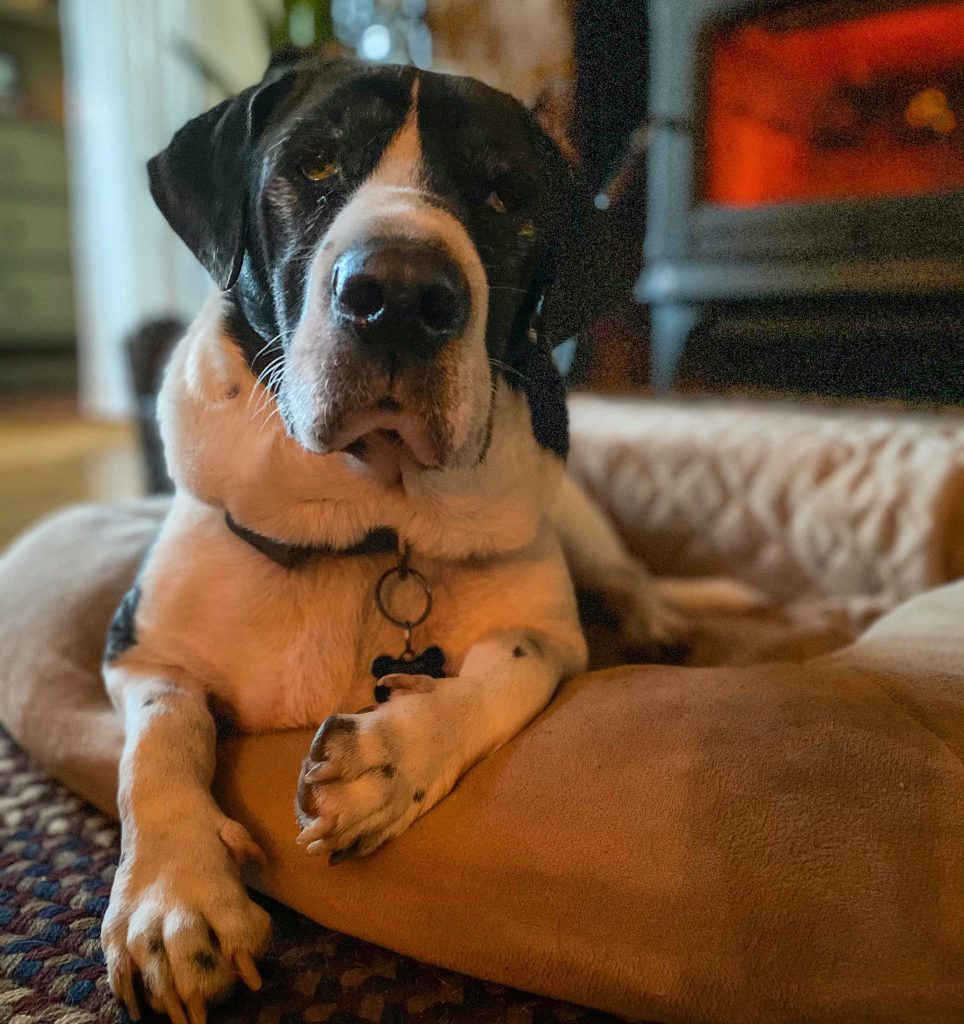A comprehensive guide to choosing the right low-energy dog breed for your lifestyle and living situation, including grooming and exercise needs and the benefits of adopting senior rescue dogs.

Understanding Low-Energy Dog Breeds
Low-energy dog breeds are known for their calm and easy-going nature, making them ideal companions for families, professionals, and individuals with specific living situations. Unlike high-energy breeds, low-energy dogs tend to be more relaxed, laid back, and quieter, which can be a perfect match for people with a less active lifestyle or those living in smaller spaces. For example, the Cavalier King Charles Spaniel is a friendly and welcoming low-energy breed that does well with children and in social situations, making it an excellent choice for families.
When considering low-energy dog breeds, it’s essential to understand the factors influencing their energy levels. These factors include the breed’s history, individual temperament, and age. For instance, the Boerboel is another low-energy breed known for its calm personality. However, it’s essential to note that while they are good with children and younger people, they may develop protective traits, requiring proper training and socialization to be well-mannered companions.
Tailoring activities to match a low-energy dog’s energy level is crucial for their well-being and happiness. This can involve regular but moderate play and mental stimulation. For instance, breeds like the Cavalier King Charles Spaniel enjoy sitting on your lap and daily exercise, which should be incorporated into their routine to keep them mentally and physically healthy. Understanding and appreciating the unique characteristics and temperament of low-energy breeds is fundamental in building a harmonious relationship with these wonderful companions.
Choosing the Right Low-Energy Companion
When it comes to choosing the right low-energy dog breed, several factors need to be carefully considered to ensure a harmonious and fulfilling relationship between the owner and their companion. One of the primary considerations is the owner’s lifestyle and living situation. For example, individuals living in apartments or smaller homes may find that smaller low-energy breeds, such as the Cavalier King Charles Spaniel or the Pekingese, are more suitable due to their size and exercise requirements. On the other hand, families with larger living spaces and yards may opt for medium to large low-energy breeds like the Basset Hound or the Bernese Mountain Dog.
Another crucial aspect to consider is the grooming, exercise, and mental stimulation needs of the chosen breed. For instance, breeds such as the Maltese or the Cavalier King Charles Spaniel have specific grooming requirements due to their coat types, which may need regular brushing and grooming sessions to maintain their appearance and hygiene. Understanding these needs is essential for potential owners to ensure they can adequately meet the requirements of their chosen low-energy companion.
Furthermore, assessing the specific characteristics and temperament of the chosen breed is vital to ensure that it aligns with the owner’s preferences and requirements for a companion. For example, while the Boerboel is a low-energy breed, it may develop protective traits and require early socialization and training to be a well-mannered companion, especially in households with children. Therefore, understanding the breed’s characteristics is crucial in making an informed decision when choosing a low-energy dog as a companion.

Low-Energy Dog Breeds for Different Lifestyles
When considering low-energy dog breeds for different lifestyles, it’s essential to understand that these dogs are well-suited to specific living situations due to their relaxed and laid-back nature. For families with young children, the Cavalier King Charles Spaniel is a friendly and welcoming low-energy breed that does well with kids and in social situations. Their gentle temperament and love for sitting on laps make them an excellent choice for families seeking a calm and affectionate companion.
Professionals with busy schedules may find small to medium-sized low-energy breeds such as the Pekingese to be a great fit for their lifestyle [1, 2]. These breeds typically require less exercise and are content with indoor activities, making them suitable for individuals who may have limited time for outdoor exercise but still want the companionship of a low-energy dog. Additionally, senior rescue dogs are well-suited for individuals with health conditions or those seeking a more laid-back companion due to their lower exercise requirements and calm demeanor.
In essence, the suitability of low-energy dog breeds for different lifestyles is influenced by their size, temperament, and individual needs, making it crucial for potential owners to carefully consider these factors when choosing a companion [1, 2].
Grooming and Exercise Needs of Low-Energy Breeds
Understanding the grooming and exercise needs of low-energy dog breeds is vital for ensuring their well-being and overall health. For instance, breeds like the Basset Hound and Bulldog have specific grooming requirements due to their short coats, which may include regular brushing to minimize shedding and prevent skin issues. On the other hand, breeds like the Maltese and Shih Tzu require more frequent grooming sessions to maintain their long, luxurious coats and prevent matting and tangling. It’s important for potential owners to research and understand these specific grooming needs to provide the appropriate care for their low-energy companion.
In addition to grooming, regular exercise tailored to the energy level of the low-energy dog breed is crucial. For example, while low-energy breeds may not require intense physical activities like high-energy breeds, they still benefit from moderate daily exercise to maintain a healthy weight and prevent health issues. Breeds like the Bichon Frise and Cavalier King Charles Spaniel enjoy daily walks and playtime, which not only help them stay physically fit but also provide mental stimulation. Understanding the exercise needs of low-energy dog breeds is essential for their overall well-being and can contribute to a long and healthy life.

Senior Rescue Dogs as Low-Energy Companions
When it comes to choosing a low-energy dog companion, senior rescue dogs can be an excellent option for various lifestyles and living situations. These dogs often have a calm and easy-going nature, making them well-suited for individuals or families seeking a laid-back and undemanding pet. For example, a senior rescue dog may be the perfect fit for a busy professional who is looking for a loyal and relaxed companion to share their home.
One of the key advantages of adopting a senior low-energy dog is their typically lower exercise requirements. This can be particularly beneficial for individuals who may not have the time or physical capability to engage in more rigorous physical activities with a high-energy dog. For instance, an older person or someone with health conditions may find the lower exercise needs of a senior rescue dog to be a perfect match for their lifestyle.
When considering adopting a senior low-energy dog, it’s important to take into account their individual history, temperament, and any specific care needs they may have. Each dog has a unique background and personality, and understanding these factors can help ensure a successful and fulfilling companionship. By carefully assessing these aspects, potential owners can make informed decisions about whether a senior rescue dog aligns with their lifestyle and preferences, ultimately leading to a harmonious bond between human and canine companion.
